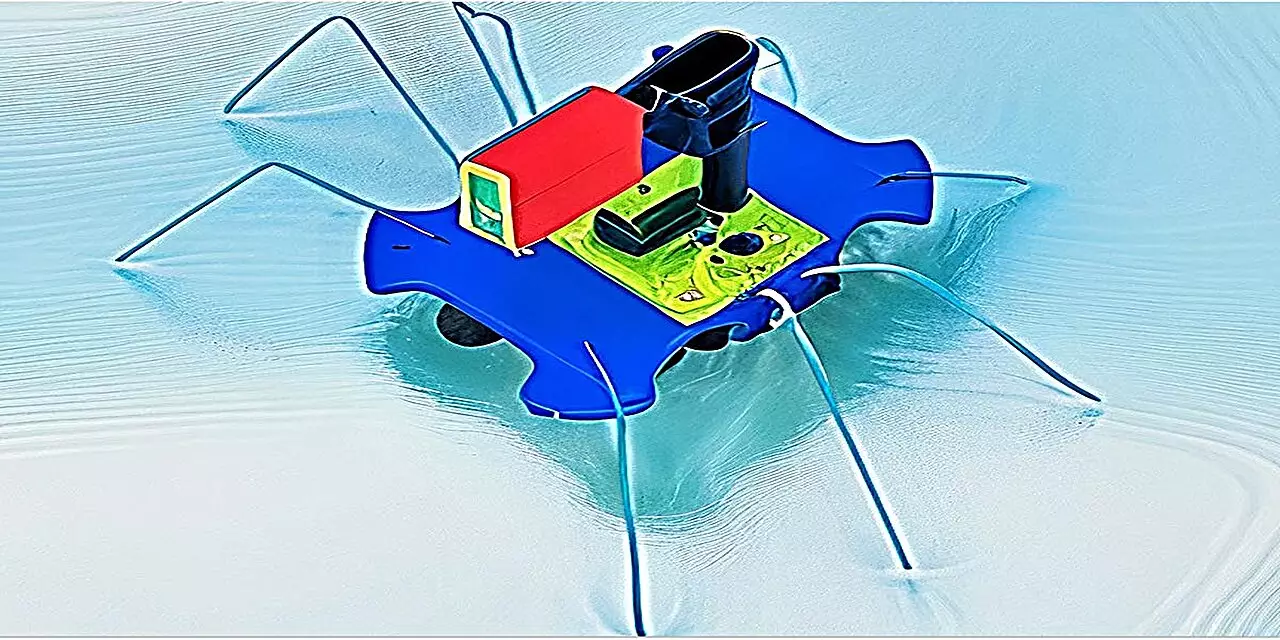Aquatic robotics have the potential to transform the way we collect data and monitor the environment in underwater settings. With the development of a self-powered “bug” by researchers at Binghamton University, State University of New York, there is hope for a significant advancement in this field. The work of these researchers, published in the journal Advanced Materials Technologies, aims to address the challenges posed by aquatic environments and revolutionize the use of robotics in such settings.
As futurists predict the integration of more than one trillion autonomous nodes into all human activities by 2035, the concept of the “internet of things” is becoming increasingly relevant. However, with 71% of the Earth’s surface covered in water, there are critical environmental and logistical challenges to consider. In response to this, the U.S. Defense Advanced Research Projects Agency (DARPA) has initiated the Ocean of Things program to explore solutions for monitoring and collecting data from aquatic environments.
Professor Seokheun “Sean” Choi, along with his team at Binghamton University, has been at the forefront of developing bacteria-powered biobatteries with the potential for a 100-year shelf life. These biobatteries serve as the foundation for the self-powered bug that can navigate across water surfaces. The technology used in these aquatic robots is considered more reliable under adverse conditions compared to traditional energy systems such as solar, kinetic, or thermal energy.
The self-powered bug developed by the Binghamton team demonstrated power generation close to 1 milliwatt, which is sufficient to operate the robot’s mechanical movement and various sensors. These sensors can track environmental data such as water temperature, pollution levels, the movements of commercial vessels and aircraft, and the behaviors of aquatic animals. This advancement allows for greater flexibility in deploying robots to different locations, unlike stationary sensors that are fixed in one place.
Future Research and Potential
Moving forward, the researchers aim to test different bacterial strains to determine which ones are most effective at producing energy in harsh ocean conditions. While common bacterial cells have been used in their experiments, further investigation is needed to understand the microbial diversity in different oceanic regions. Additionally, the combination of multiple bacterial cells has shown promise in improving sustainability and power generation, opening up new possibilities for enhancing the functionality of aquatic robots.
The development of self-powered aquatic robots by the researchers at Binghamton University has the potential to revolutionize the field of aquatic robotics. With the ability to generate power from bacterial cells and navigate water surfaces autonomously, these robots offer a promising solution for monitoring and collecting data in aquatic environments. As research continues to refine the technology and explore new possibilities for energy generation, the future of aquatic robotics looks brighter than ever.


Leave a Reply